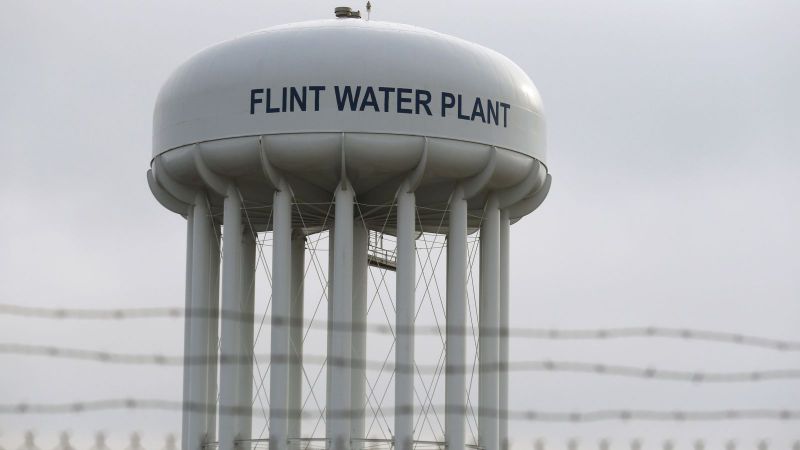So-Called Clean-Energy Projects are Contaminating Water
Published on by Water Network Research, Official research team of The Water Network in Technology
Water crises cannot be separated from the energy crises
Traditionally we view energy and water as separate concerns, when in fact they are inextricably linked.
Scientists recognize what is sometimes called the “energy-water nexus.” The nexus pulls resources in both directions. Vast water resources are used in some forms of energy extraction and production, particularly in mining or drilling for fossil fuels used for transportation and electricity generation and in mining a nd electricity generation using nuclear fuels.
 Worldwide, annual water consumption for energy uses is projected to reach nearly 100 billion cubic meters in 2020.
Worldwide, annual water consumption for energy uses is projected to reach nearly 100 billion cubic meters in 2020.
Likewise, energy is used to make water resources available for human consumption through pumping, treating, desalinization and transportation.
On the energy side, the water connections are not always obvious. For fossil fuels, energy is used extensively in extracting and processing the fuels and also for cooling production equipment when the fuels are burned to produce electricity. Nuclear energy also uses huge quantities of water both in mining for uranium used to fuel nuclear plants as well as for cooling. A nuclear power plant, for example, uses up to 17 million gallons of water per day for cooling.
And even some forms of energy that are usually thought of as “renewable” consume large amounts of water. Biofuels–when produced from irrigated crops–require water both to grow the crops and again for cooling when they are burned.
Concentrating solar power, which like fossil fuels requires the energy it produces to be converted to electricity by a steam turbine, also uses large amounts of water for cooling. Even hydropower consumes some water – through evaporation while water sits in reservoirs at the heads of dams.
Where does the water come from?
It’s surface water, groundwater, and water from rivers and lakes. So, the water used to produce energy is also drawn from the same sources used to supply drinking water, and to support agriculture and industry.
Some of the water is recycled in extraction and cooling processes, but large quantities of water are fully consumed and lost for other purposes, including drinking water. Large withdrawals of groundwater may also affect the quality of the water left in the ground by increasing concentrations of contaminants and heavy metals such as arsenic, lead, and radon, in the remaining water.
Particularly troubling from the water supply perspective is the growth in fracking for oil and natural gas extraction, which not only consumes enormous amounts of water, but also threatens contamination of drinking water supplies.
In fracking, millions of gallons of water are injected miles into the ground–along with chemicals and sand–to fracture shale rock in order to release oil and gas locked up in the shale. A single fracking well may use on average 1 million gallons of water.
Besides drawing on limited water supplies and forcing other uses to compete for available water, fracking also threatens the quality of water supplies at several stages of the fracking process. Much of the fracked water–contaminated with chemicals used in the fracking process–is subsequently injected into previously dug and abandoned mines. That contaminated water can leak into groundwater needed for drinking supplies. Groundwater may also be contaminated by spills or natural gas leaks at the surface of fracking wells.
Although the fracking industry contends that contamination of drinking water supplies is not a significant risk, the EPA and others have found that these risks are real and that such contamination has, in fact occurred.
Source: Quartz
Media
Taxonomy
- Clean Tech
- Energy
- Clean Technology
- Water Resources